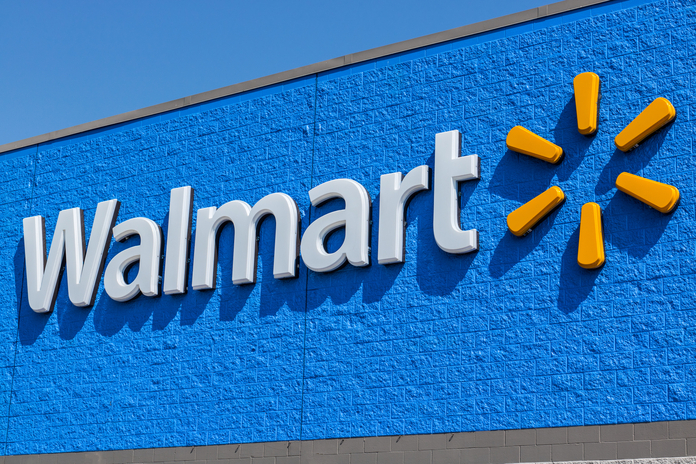The stock of Walmart (NYSE:WMT) fell during Monday’s extended session after the company lowered its forecast due to ongoing inflation and inventory problems.
The massive retail chain in Arkansas anticipates operating income would decrease by 11 to 13% and 13 to 14%, respectively, for the entire year and the second quarter. Adjusted profits per share are now predicted to decline by 8 to 9 and 11 to 13% over the same time periods, respectively. When reported in May, the business expected EPS to be “flat to up modestly” for the second quarter and to drop only 1%.
“The increasing levels of food and fuel inflation are affecting how customers spend, and while we’ve made good progress clearing hardline categories, apparel in Walmart U.S. is requiring more markdown dollars,” according to CEO Doug McMillon. “We’re now anticipating more pressure on general merchandise in the back half.”
The company anticipates a $1.8B headwind in the second half of the year in addition to the markdown impact on sales as the retailer. In May, Target (TGT) and Walmart (WMT) both reported negative inventory and profit indications, which alarmed the entire retail industry. Similar spillover effects in after-hours trading affected a large portion of the retail sector, with names like Target, TJX Companies (TGT), and Costco (COST) plunging substantially in sympathy with Walmart as inventory issues are by no means exclusive to Walmart.
Contrarily, the company is positioned to profit from a consumer trade-down, which drives a higher sales projection. Net sales growth is now anticipated to be about 7.5% for the second quarter and 4.5% for the entire year. For the same time periods in May, the business had previously predicted “above 5%” and “3.5 %.
According to a press release distributed along with the guidance cut, “food inflation is double digits and higher than at the end of Q1. Customers are choosing Walmart to save money during this inflationary period, and this is reflected in the company’s continued market share gains in grocery.”
From a prior projection of 4 to 5% growth, comp sales for the retailer ex-fuel are anticipated to increase by 6% for the second quarter. However, as McMillon pointed out, the growth in market share for groceries and consumables is detrimental to the gross margin rate.
Another encouraging factor mentioned was back-to-school sales, which allowed healthy sales to continue into the fall. Any encouraging sales trends, however, were overshadowed by the reduced margins and profit concerns in Monday’s after-hours trade.
The Bentonville-based retailer’s stock dropped 8.8% shortly after it released its unfavorable outlook.
Featured Image: Megapixl © Jetcityimage















